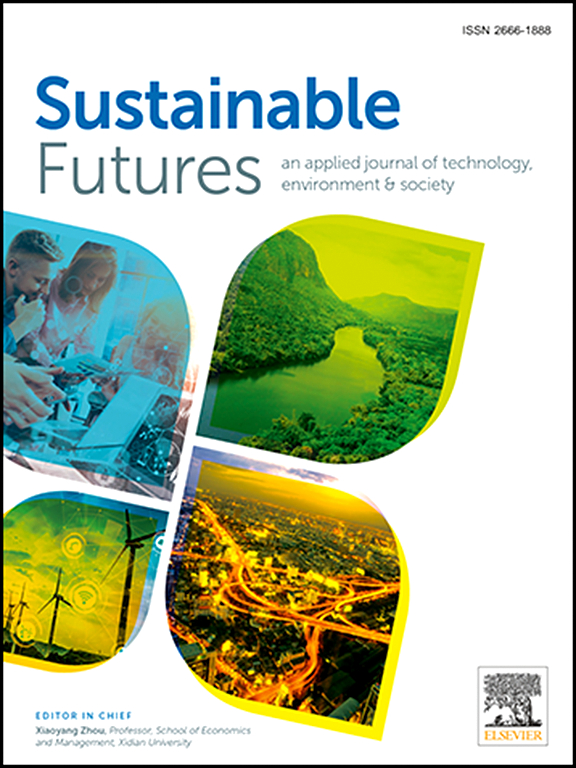Operationalizing sustainability in pharmaceuticals: Green supply chain metrics for circular economy
IF 4.9
2区 社会学
Q2 ENVIRONMENTAL SCIENCES
引用次数: 0
Abstract
The increasing population and rapid industrialization have driven material consumption to a level that surpasses the environment's capacity to cope with the resulting pollution. The circular economy offers a new business model, contrasting the traditional take-make-waste approach. In this context, the present study seeks to identify barriers at operational, strategic, and tactical levels in transition towards circular economy. The article focuses on recognizing barriers from an organizational viewpoint, using Analytic Hierarchy Process (AHP) to help decision-makers identify obstacles in implementing circularity principles. A total of 24 barriers, grouped into five categories, were identified for a pharmaceutical company. Findings reveal numerous barriers, including technology, finances, return on investment, policies and regulations, stakeholder management, and corporate strategy, all of which impact organizational sustainability efforts. Reverse logistics emerged as a critical concern due to the toxic nature of products, requiring stringent take-back mechanisms. This study is unique in assessing parameters within the framework of the triple bottom line and Sustainable Development Goals (SDGs), particularly SDG 12 (responsible consumption and production) and SDG 9 (industry, innovation, and infrastructure). The research evaluates GSM implementation challenges using circular and sustainable criteria to support achieving SDG 12.
药品可持续性运作:循环经济的绿色供应链指标
不断增长的人口和快速的工业化推动了物质消费的水平,超过了环境应对由此产生的污染的能力。循环经济提供了一种新的商业模式,与传统的“取废”模式形成对比。在此背景下,本研究试图确定在向循环经济过渡的操作、战略和战术层面的障碍。本文着重于从组织的角度识别障碍,使用层次分析法(AHP)来帮助决策者识别实现循环原则中的障碍。针对一家制药公司,共确定了24个障碍,分为5类。研究结果揭示了许多障碍,包括技术、财务、投资回报、政策法规、利益相关者管理和公司战略,所有这些都会影响组织的可持续性努力。由于产品的有毒性质,逆向物流成为一个关键问题,需要严格的回收机制。这项研究在评估三重底线和可持续发展目标(SDG)框架内的参数方面是独一无二的,特别是可持续发展目标12(负责任的消费和生产)和可持续发展目标9(工业、创新和基础设施)。该研究使用循环和可持续标准评估GSM实施挑战,以支持实现可持续发展目标12。
本文章由计算机程序翻译,如有差异,请以英文原文为准。
求助全文
约1分钟内获得全文
求助全文
来源期刊

Sustainable Futures
Social Sciences-Sociology and Political Science
CiteScore
9.30
自引率
1.80%
发文量
34
审稿时长
71 days
期刊介绍:
Sustainable Futures: is a journal focused on the intersection of sustainability, environment and technology from various disciplines in social sciences, and their larger implications for corporation, government, education institutions, regions and society both at present and in the future. It provides an advanced platform for studies related to sustainability and sustainable development in society, economics, environment, and culture. The scope of the journal is broad and encourages interdisciplinary research, as well as welcoming theoretical and practical research from all methodological approaches.
 求助内容:
求助内容: 应助结果提醒方式:
应助结果提醒方式:


